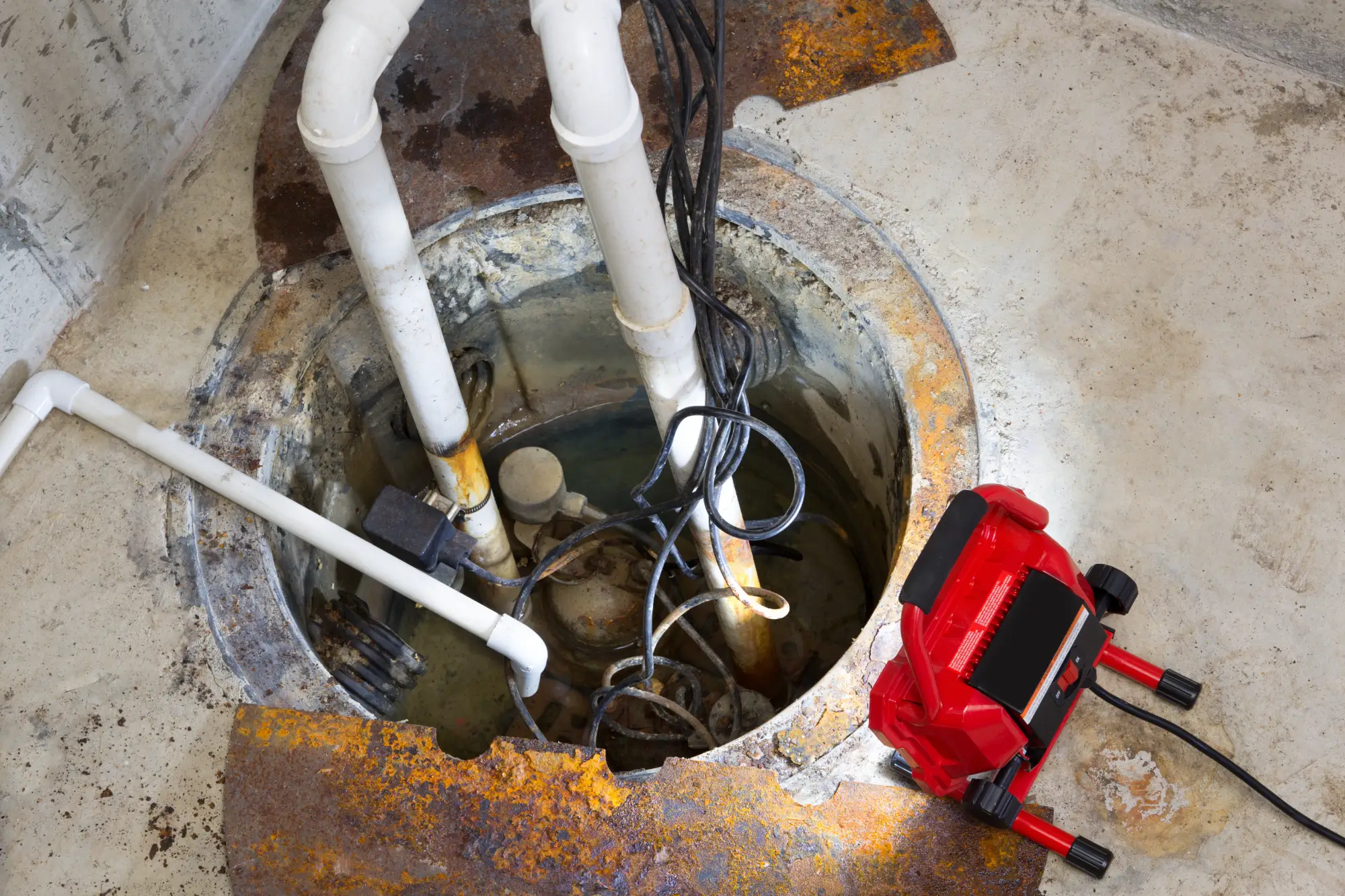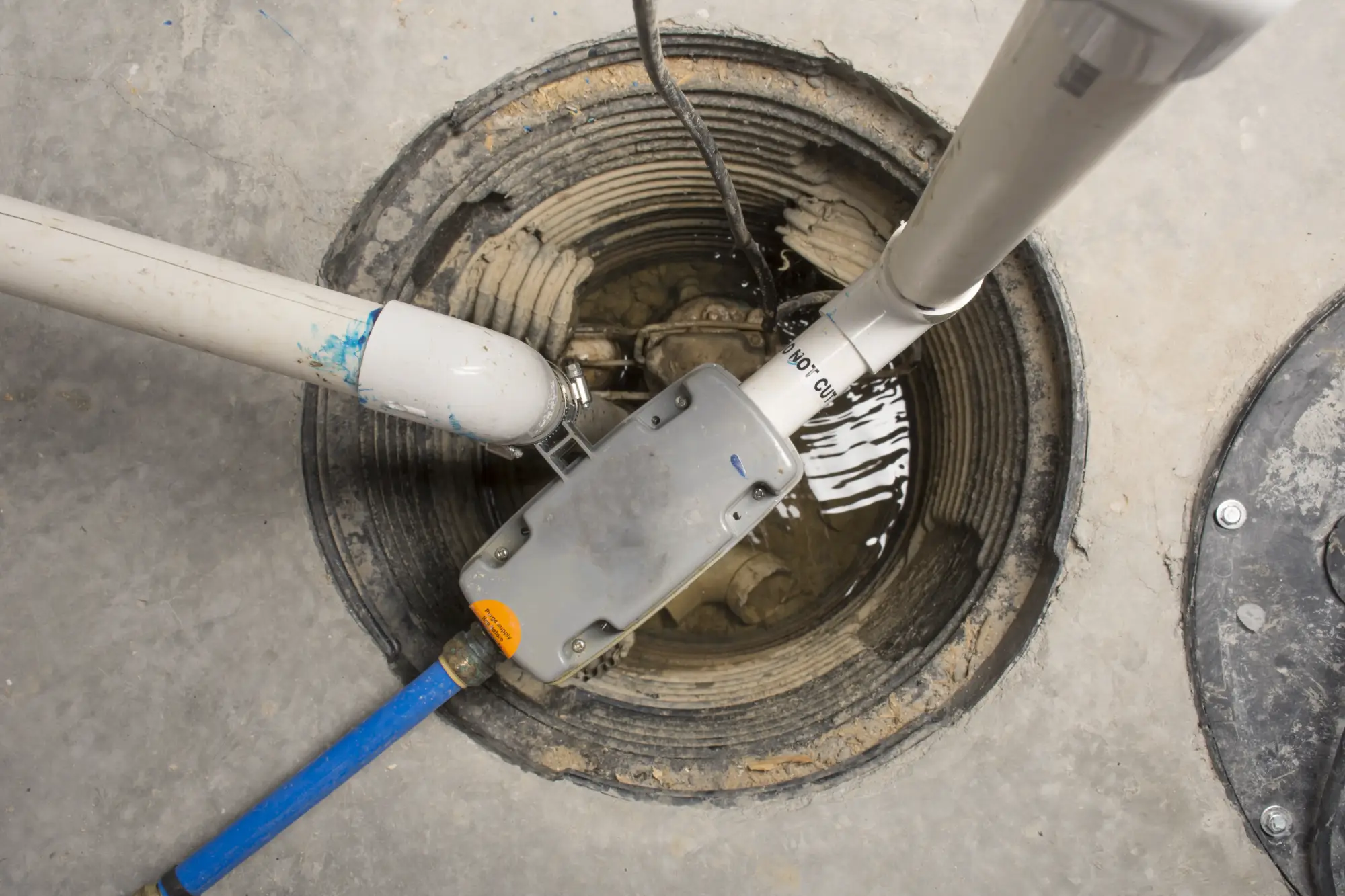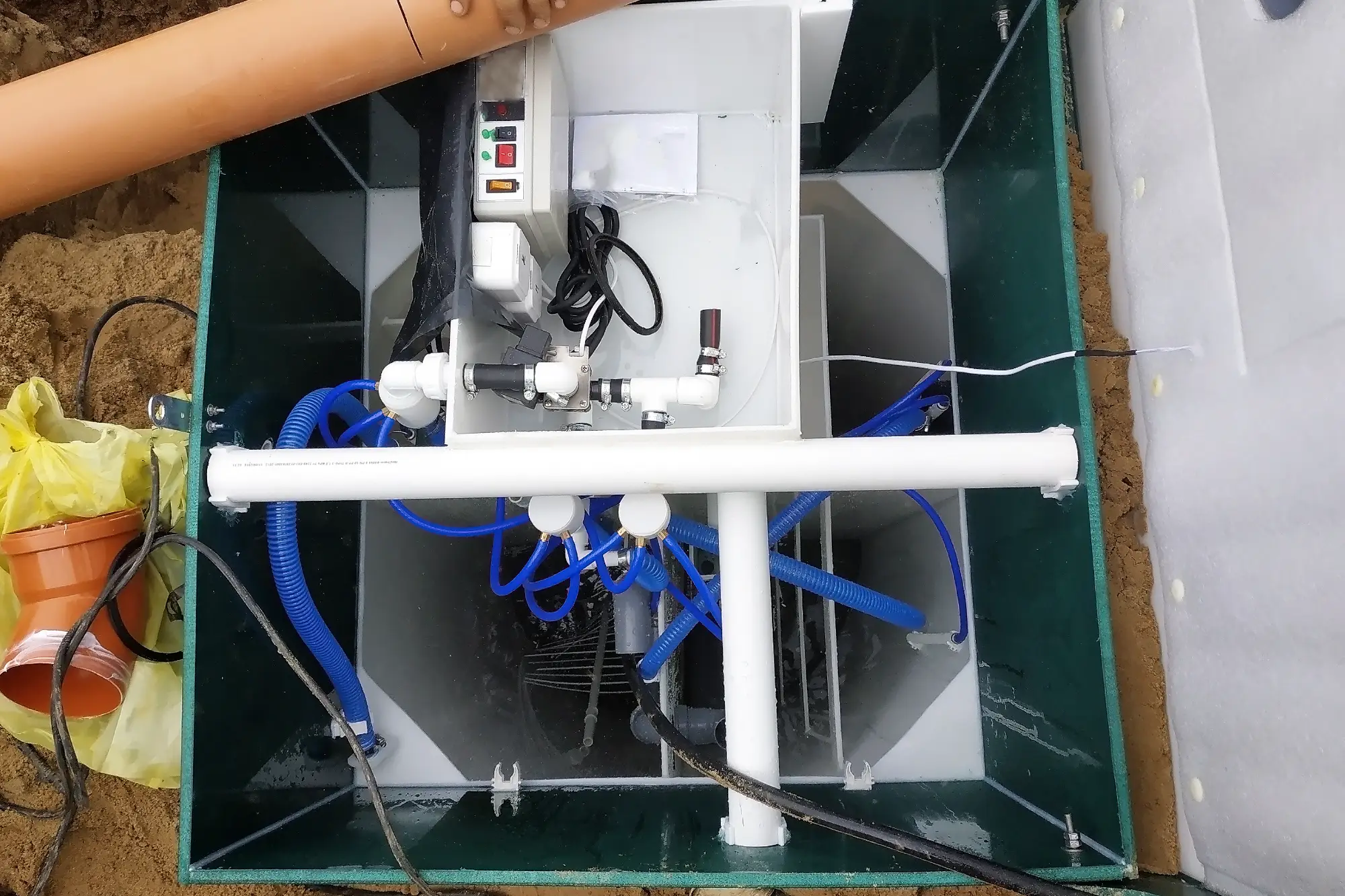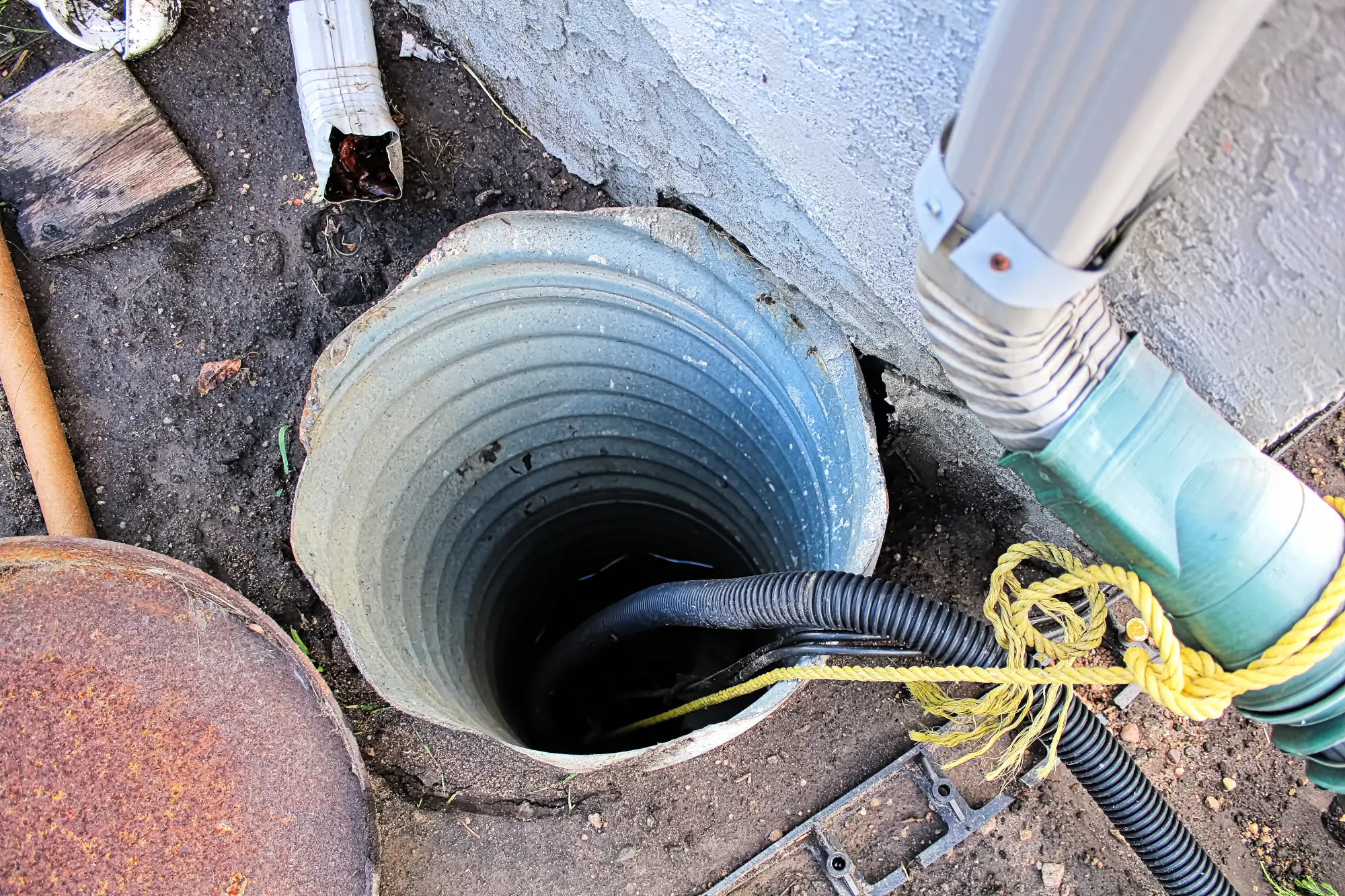Sump Pump Installation in Huntington, NY
Keep Your Basement Dry Year-Round
Professional sump pump installation that actually works when you need it most during storms and heavy rains.

Hear About Us

Basement Protection Huntington NY
You know that sinking feeling when storm clouds roll in. Will this be the time your basement floods again? Will you lose more belongings to water damage?
A properly installed basement sump pump system changes everything. You sleep through storms instead of checking your basement every hour. Your finished basement stays dry and usable. Your stored belongings stay protected.
The difference between a flooded basement and a dry one often comes down to having the right sump pump system installed correctly the first time. When heavy rains hit Long Island, you want a system that kicks in automatically and keeps working until the water recedes.
Huntington Sump Pump Installers
We at Diamond Masonry & Waterproofing LLC have been protecting Huntington area basements for years. We understand how Long Island’s high water table and frequent storms create unique challenges for homeowners.
Every sump pump installation we complete follows proper codes and uses quality components designed to handle our area’s specific water issues. We’re not just installers – we’re your neighbors who understand what it’s like to worry about basement flooding.
When you call us, you’re working with local contractors who will be here long after the installation is complete.

Sump Pump Installation Process
First, we assess your basement’s specific water issues and determine the best location for your sump pit. Every basement is different, and placement matters for effectiveness.
Next, we excavate the sump pit to the proper depth and install the basin with appropriate drainage connections. The pump goes in with a reliable float switch system that activates automatically when water levels rise.
We connect everything to a dedicated electrical circuit and test the entire system thoroughly. You’ll see exactly how it works before we leave. We also explain the simple maintenance steps that keep your system running reliably for years.
The whole process typically takes a day, and you’ll have a basement protection system that works automatically whenever water threatens your space.

Ready to get started?
Explore More Services
About Diamond Masonry & Waterproofing
Get a Free Consultation
Custom Sump Pump Solutions
Your sump pump installation includes everything needed for reliable basement protection. We install high-quality pumps rated for the water volumes common in our area, along with properly sized discharge piping that won’t freeze or clog.
Every system gets a reliable float switch and check valve to prevent backflow. We can also install battery backup systems for power outages – crucial during the storms that cause the most flooding.
We handle all the details that matter: proper pit sizing, adequate drainage connections, and discharge lines that direct water away from your foundation. Many Huntington homeowners deal with clay soil and high water tables that require specific installation approaches we’ve perfected over years of local work.

How long does a sump pump installation typically take?
What size sump pump do I need for my basement?
Do I need a battery backup for my sump pump?
How often should I replace my sump pump?
What maintenance does a sump pump system require?
Can you install a sump pump in a finished basement?
Local Resources
- Google Map Link
- Find the Huntington, NY USPS
- Locate Nearby Huntington, NY Pharmacies
- View the Current Weather in Huntington, NY
- Huntington, NY is located in Suffolk county in New York State